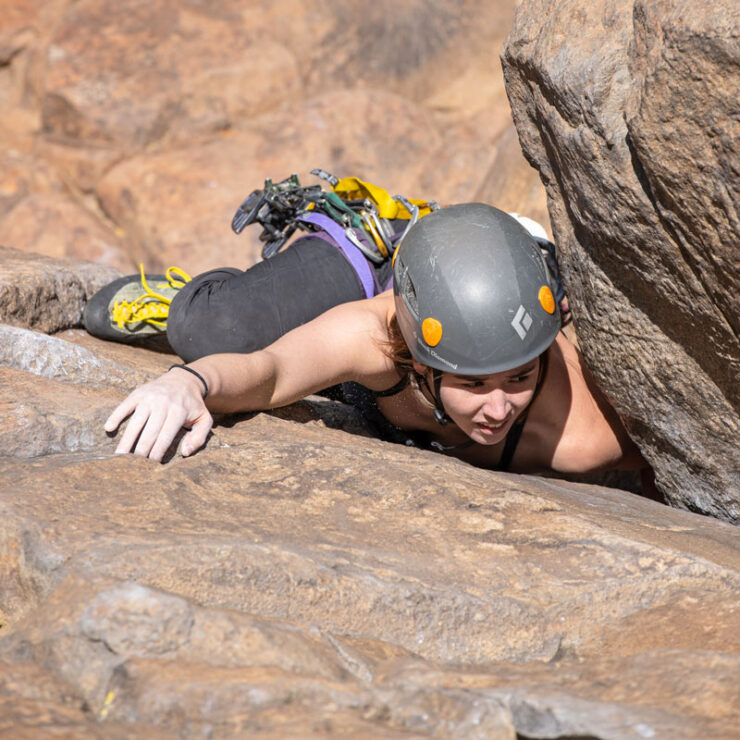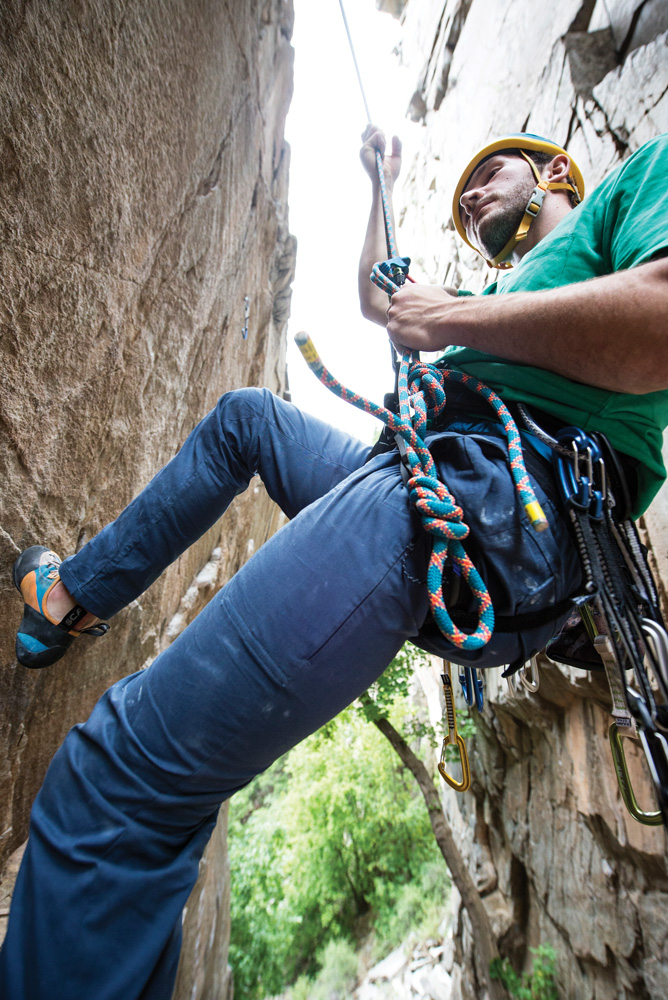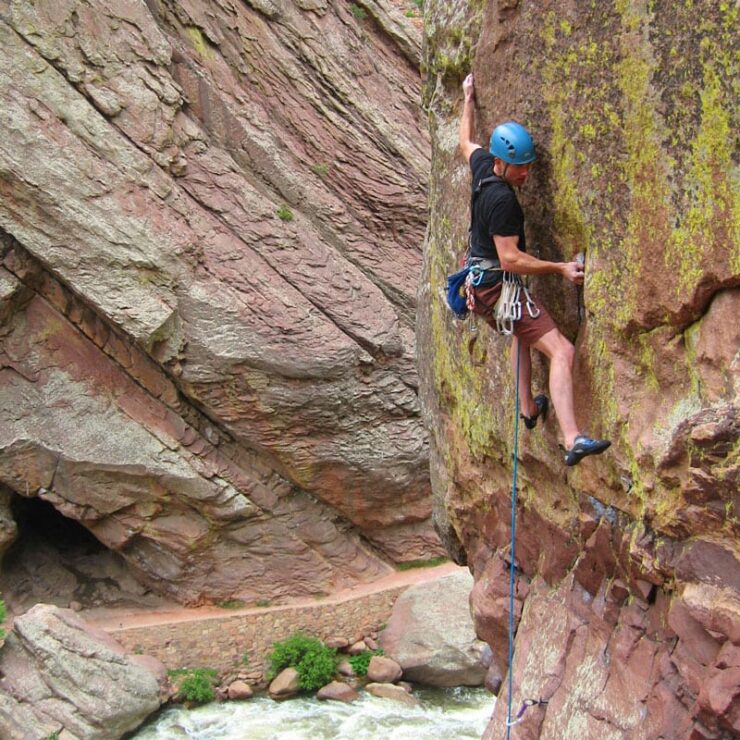Whether you are a novice rock climber embarking on your very first vertical journey or a seasoned climber constantly challenging the toughest of climbs, mastering the art of edging and smearing is paramount. These techniques form the critical backbone of rock climbing, providing climbers with the indispensable skills needed to conquer a vast variety of terrains. This comprehensive blog post aims to guide you through the maze of rock climbing by providing you with the vital insights and detailed instructions you need to improve your rock climbing skills through the effective application of advanced edging and smearing techniques.
Understanding Edging
Edging is the technical act of using the edge of your specialized climbing shoe to gain traction on a ledge or a small protrusion on the rough rock surface. This technique is vital in rock climbing as it empowers climbers to balance on minuscule holds that would otherwise be impossible to use. There are different types of rock edges that climbers will invariably encounter during their ascents – positive edges, negative edges, and sloping edges.
Positive edges have a lip that the foot can hook onto comfortably, while negative edges slope downwards, posing a challenge as the foot has to resist slipping off. Sloping edges are quite smooth, making foot placement tricky. Learning the art of proper foot placement on these edges can significantly enhance your stability and balance, making seemingly daunting ascents much more manageable and achievable.

Edging Techniques
To effectively edge, climbers can use the inside edge (the big-toe side of your foot), the outside edge (the little-toe side), or your toes. Your choice of technique depends on the nature of the rock you’re confronting and the direction you plan to move in next. To perform the inside-edge technique, you turn your knee outwards and place the inside edge of your shoe onto the rock.
The outside-edge technique involves a slight twist of your knee inward, enabling you to use your foot’s outside edge. The toe technique is ideal for small ledges where precision is absolutely crucial. These techniques are well known to master climbers as Flash Pumped will tell you too.
While these techniques can help climbers maintain balance and ascend with ease, they also require a considerable amount of energy and can lead to foot fatigue. Thus, the art of conserving energy by leveraging rests and maintaining efficient, fluid movement becomes necessary for prolonged climbs.
Mastering Smearing
Unlike edging, which utilizes the edge of the climbing shoe, smearing involves using the entire rubber sole of the shoe to create friction against the rock. This technique is particularly useful when there are no apparent edges or pockets for foot placements. Different rock surfaces, due to their texture, can make smearing a challenging feat, as the friction between the shoe and the rock varies drastically. Hence, a climber needs to learn to adjust their body positioning and weight distribution to maximize shoe-to-rock contact, thereby maintaining a delicate balance during the act of smearing.
Smearing Techniques
The two common smearing techniques climbers use are the smear step and the smear and slide. The smear step involves carefully placing your foot on the rock and pressing down and across to create substantial friction. The smear and slide, on the other hand, is a more dynamic move where you press your foot against the rock and slide it up while maintaining the necessary pressure. Recognizing the ideal smearing areas on a rock is an acquired skill that comes with patience and practice. Learning to trust the friction between your shoe and the rock and focusing on improving your footwork precision can significantly enhance your smearing technique, giving you an edge over the vertical world.

Edging vs. Smearing
Edging and smearing, although fundamentally different techniques, serve the same ultimate purpose – to keep you firmly attached to the wall. The choice between the two often depends on the type and texture of the rock surface and the climber’s overall strategy. Some routes require a clever blend of both techniques, making the ability to transition seamlessly between edging and smearing vital for successful ascents.
Common Mistakes to Avoid
Among the mistakes climbers often make with edging include over-reliance on the edge and improper foot placement, both of which can reduce stability and cause unwarranted fatigue. With smearing, common errors include not trusting the friction or using incorrect body positioning, both of which can significantly compromise balance. Learning to correct these avoidable mistakes can greatly improve a climber’s performance and efficiency on the rock, leading to more enjoyable and successful ascents.
Training Exercises for Edging
Specific exercises can greatly help climbers enhance their edging skills. These include well-curated drills for improving footwork accuracy, balance, and proprioception, such as traversing exercises or practicing on slabs. Regularly incorporating these specially designed exercises into climbing sessions can greatly help in mastering edging techniques, thereby enhancing overall climbing proficiency.

Training Exercises for Smearing
For smearing, exercises that strengthen the leg muscles and develop better friction sensitivity can be extremely beneficial. Progressive drills, starting from smearing on flat surfaces and gradually progressing to steeper angles, can help build confidence and skill over time, making seemingly challenging smears a part of your climbing arsenal.
Injury Prevention
Injury prevention is paramount while practicing the demanding techniques of edging and smearing. Dedicated warm-up routines focusing on the feet and lower limbs are absolutely essential before undertaking any climbing activity. It’s also crucial to recognize and promptly address any climbing-related foot injuries to prevent long-term damage and ensure the longevity of your climbing career.
Tips for Outdoor Climbing
Outdoor climbing presents unique challenges for edging and smearing techniques due to the unpredictability of natural rock formations. Factors such as rock quality and choosing the best foot placements come into play. Moreover, climbers must respect the environment, preserve the pristine natural spaces they enjoy, and strictly adhere to leave-no-trace principles to sustain the sport for future generations.

Conclusion
Mastering the art of edging and smearing is a rewarding journey that significantly enhances the overall rock climbing experience. The nuances and intricacies of these techniques provide the tools to transform a daunting rock face into an achievable conquest. So, grab your gear, step into the great outdoors, practice these vital techniques, and scale new heights with newfound confidence and refined skill!

